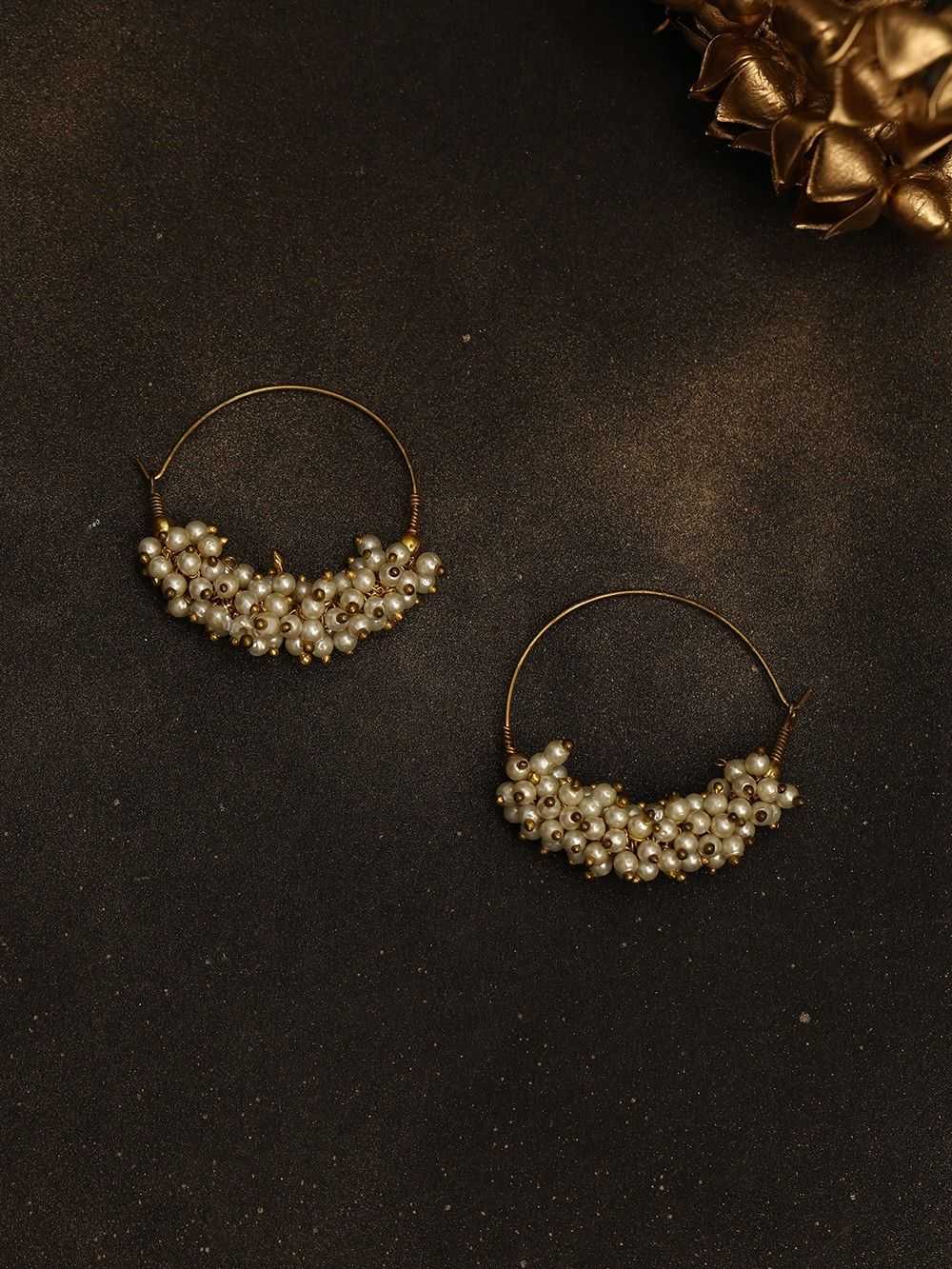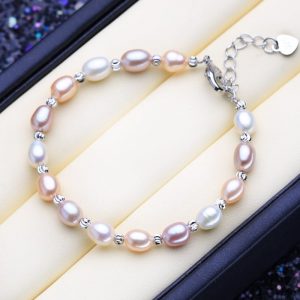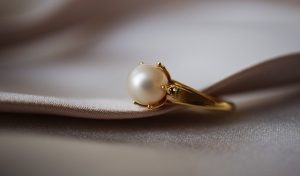Jewelry making is a viable low investment business for hands-on creatives, but crafting skills aren’t required. Maybe you’re the technical type instead, looking to learn a new trade like fine metalworking or precious gemstones. Or, perhaps you’re DIY-stunted but have an incredible online business idea based on an untapped audience.
Whatever your motivation or skill level, starting a jewelry-making business comes with its own set of considerations and complications. For one thing: It’s crowded out there.
In the U.S., alone, the jewelry industry generates a hulking $70 billion dollars yearly in sales, with the lion’s share in fine jewelry. Talk about bling. It’s a saturated market but there’s still wiggle room for newcomers with a new niche or fresh take to an old school craft.
If you want to know how to make jewelry into a profitable business, this post is for you. We’ll explore jewelry making businesses from conception and design to production and marketing.
Jewellery or jewelry consists of decorative items worn for personal adornment, such as brooches, rings, necklaces, earrings, pendants, bracelets, and cufflinks. Jewellery may be attached to the body or the clothes. From a western perspective, the term is restricted to durable ornaments, excluding flowers for example. For many centuries metal such as gold often combined with gemstones, has been the normal material for jewellery, but other materials such as shells and other plant materials may be used.
Jewellery is one of the oldest types of archaeological artefact – with 100,000-year-old beads made from Nassarius shells thought to be the oldest known jewellery.[1] The basic forms of jewellery vary between cultures but are often extremely long-lived; in European cultures the most common forms of jewellery listed above have persisted since ancient times, while other forms such as adornments for the nose or ankle, important in other cultures, are much less common.
Jewellery may be made from a wide range of materials. Gemstones and similar materials such as amber and coral, precious metals, beads, and shells have been widely used, and enamel has often been important. In most cultures jewellery can be understood as a status symbol, for its material properties, its patterns, or for meaningful symbols. Jewellery has been made to adorn nearly every body part, from hairpins to toe rings, and even genital jewellery. In modern European culture the amount worn by adult males is relatively low compared with other cultures and other periods in European culture.
Preparation of jewellery/pearl/Model:-
In creating jewellery, gemstones, coins, or other precious items are often used, and they are typically set into precious metals. Platinum alloys range from 900 (90% pure) to 950 (95.0% pure). The silver used in jewellery is usually sterling silver, or 92.5% fine silver. In costume jewellery, stainless steel findings are sometimes used.
Other commonly used materials include glass, such as fused-glass or enamel; wood, often carved or turned; shells and other natural animal substances such as bone and ivory; natural clay; polymer clay; Hemp and other twines have been used as well to create jewellery that has more of a natural feel. However, any inclusion of lead or lead solder will give a British Assay office (the body which gives U.K. jewellery its stamp of approval, the Hallmark) the right to destroy the piece, however it is very rare for the assay office to do so.
Beads are frequently used in jewellery. These may be made of glass, gemstones, metal, wood, shells, clay and polymer clay. Beaded jewellery commonly encompasses necklaces, bracelets, earrings, belts and rings. Beads may be large or small; the smallest type of beads used are known as seed beads, these are the beads used for the “woven” style of beaded jewellery. Seed beads are also used in an embroidery technique where they are sewn onto fabric backings to create broad collar neck pieces and beaded bracelets. Bead embroidery, a popular type of handwork during the Victorian era, is enjoying a renaissance in modern jewellery making. Beading, or beadwork, is also very popular in many African and indigenous North American cultures.
Silversmiths, goldsmiths, and lapidaries use methods including forging, casting, soldering or welding, cutting, carving and “cold-joining” (using adhesives, staples and rivets to assemble parts).





I need to to thank you for this good read!! I definitely loved every little bit of it. I have you book-marked to look at new things you postÖ